Cannabis-Infused Oil 101: 5 Must-Know Tips For Success
Table of Contents
5 Things I Wish I Knew Before Making Cannabis-Infused Oil
How do I estimate the strength of my cannabis-infused oil? Will I screw up decarboxylation? What is cannabis-infused oil?
Let us help you answer these questions and more in this easy-to-understand guide!
Do you have Cannabis-Infused Oil ready to cook with? Check out our How to Make THC Gummy Bears with Canna Oil recipe!
1. What is Cannabis-Infused Oil?
Infusion is the process of extracting chemical compounds or flavors from plant material in a solvent such as water, oil, or alcohol by allowing the material to remain suspended in the solvent over time (a process often called steeping).
An infusion is also the name for the resultant liquid.”
The most basic example of an infusion is making a cup of tea or coffee in your kitchen.
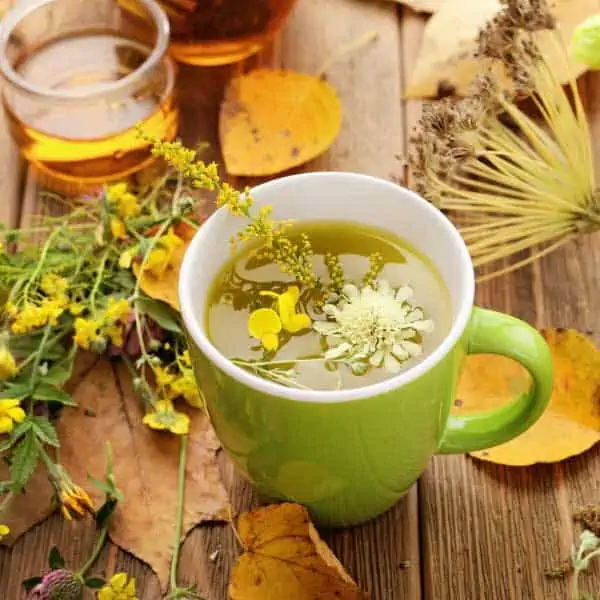
When you “steep” or soak your cannabis plant in oil, you extract the plant chemicals and infuse them into your chosen oil or solvent.
Just like a cup of tea, the plant material is soaked or steeped, removed, and the phytochemicals remain suspended in the solvent. In the case of tea, water is the solvent.
The beneficial plant chemicals in cannabis, though, are fat-soluble rather than water-soluble.
Canna oil is also a common term used by patients and home herbalists to refer to cannabis-infused oil.
2. How to Estimate the Potency of Your Cannabis-Infused Oil or Cannabutter
Edibles and tinctures made with canna oil or Cannabutter can sneak up on you. It takes some individuals two to three hours to feel the full effect of an edible.
Overconsuming because you think you didn’t eat enough is a common beginner’s mistake.
It happens to the best of us, but knowing approximately how many milligrams of THC or other cannabinoids are in each serving will help you learn your ideal portion or dose.
The only way to know exactly how many milligrams of cannabinoids are in your infusions or extractions is to have your edible or oil professionally lab tested.
Keep in mind that this method is a basic estimate only.
Calculate the Milligrams of Cannabinoids in Your Cannabis
- Convert the grams of cannabis you plan to use into milligrams by multiplying by 1000.
Example: 5 grams of flower x 1000 = 5000 mg flower
- Determine how many milligrams(mg) of cannabinoids (THC, CBD) is in your bud.
You’ll need to estimate if you don’t know the percentage of cannabinoids your flower contains. For this example, we will use 20%.
milligrams of cannabis x % of THC or CBD = total cannabinoids in milligrams
Example: 5000 mg x 20% = 1000 mg
Estimate the Infusion Rate
In the above example, we have estimated that the 5 mg of cannabis we are using contains about 1000 mg of cannabinoids.
It isn’t realistic to think that 100% of the cannabinoids will be infused into our oil.
Decarboxylation, the type of oil, the temperatures, the length of infusion, and other factors all play a part.
Realistically, it could be anywhere between 50% to 80%. Erring on the high end is safe if you fear taking too much.
You can always consume more.
We estimate that 80% of the cannabinoids will infuse into our oil.
Example: 1000 mg x 80 % = 800 mg of infused cannabinoids
Determine the Total Milligrams of Cannabinoids (THC/CBD) In Your Recipe and Per Serving
Measure the amount of strained cannabis-infused oil or butter once the infusion is complete.
If you began with 2 cups, you may have a bit less after all the filtering steps.
We will estimate that you have 1 ¾ cup of finished oil to use, containing 800 mg of cannabinoids in total.
To determine how many milligrams of THC, for example, are in an entire recipe after completion, convert to a smaller unit of measurement needed in your recipe and use division.
In this example, we will break down the total of 1 3/4 cups into ¼ cups. There are 7 quarters in 1.75.
1 ¾ cups = Seven ¼ cups meaning the total of 800 mg needs to be ÷ by 7 parts = 114.28 mg
Each ¼ cup used will contain approximately 114 mg of THC
Don’t worry, you can use Google to help you convert into the various measurements your recipe may call for.
Here are a few conversions as an example:
- 1 ¾ cups = 14 fluid ounces
- 1 ¾ cups = 28 Tablespoons
Now you need to determine how many milligrams of cannabinoids are in each serving, not just the entire recipe.
Divide the total amount of cannabis-infused oil or butter in milligrams used in the recipe by the number of servings.
example: The recipe calls for ¼ cup of oil and is cut into 12 serving pieces
¼ cup = 114 mg THC ÷ by 12 pieces = about 9.5 mg THC in each piece
Let’s Review the Steps
Estimating the Potency of Your Canna Oil or Cannabutter
- Understanding Potency: Edibles can take 2-3 hours to show their full effect. It’s easy to eat too much thinking it hasn’t worked. To avoid this, try to know how potent each serving is.
- Calculating the THC: Start by converting the amount of cannabis you have from grams to milligrams: 5 grams = 5000 milligrams. If your cannabis is 20% THC, then: 5000mg x 20% = 1000mg THC.
- Estimating Infusion Rate: Not all THC from the cannabis will get into the oil. A realistic rate is between 50% and 80%. If we take the higher end: 1000mg x 80% = 800mg THC in your oil.
- Breaking Down the Dosage: If after making the oil you have 1 ¾ cups, and you’re using ¼ cup in a recipe that serves 12, you’d have about 9.5mg THC per serving.
How we got that:
- 1 ¾ cups is seven ¼ cups.
- Divide the 800mg THC by 7 = about 114mg per ¼ cup.
- If your recipe with ¼ cup serves 12, then 114mg ÷ 12 = 9.5mg THC per serving.
Remember, every person’s tolerance can be different. Always start with a small serving and wait a few hours before having more.

3. What Kind of Oil Should I Use?
Choose an oil to infuse based on what you plan to make with your finished infusion.
Many oils have a strong flavor. Choose an oil that will complement your recipe or fit your personal needs.
If baking brownies or cookies, you will want a neutral oil.
Neutral oils have no distinct taste or smell. Refined oils are usually neutral.
For example, if you plan to make salad dressing and sauces, you have room to experiment with the oil flavors.
If you are infusing oil as medicine and plan to take it sublingually, consider your personal taste preference and health needs.
Other factors to consider are the smoking point, processing, omega ratio, cost, and shelf life.
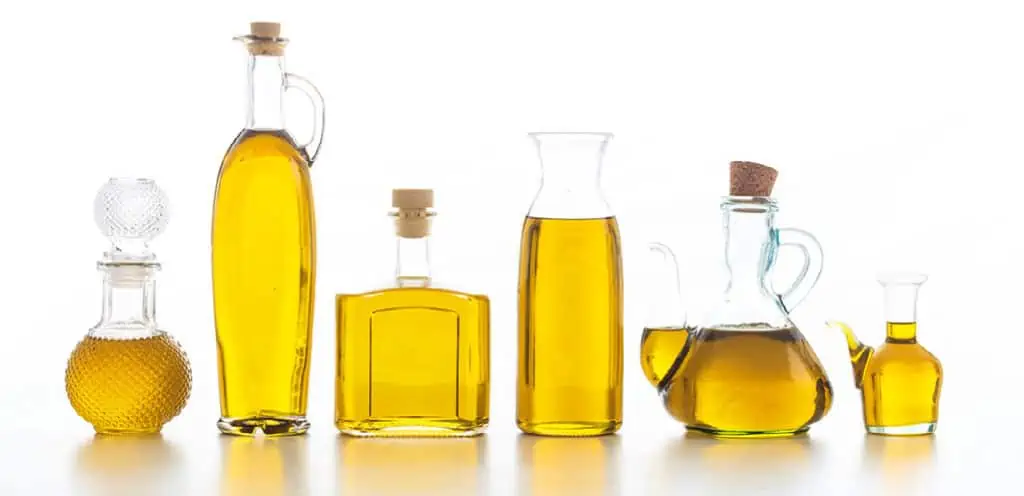
Neutral Oil Examples:
- Refined Coconut Oil (solid)
- MCT Oil (liquid)
- Vegetable Oil
- Canola Oil
- Extra Light Olive Oil
- Grapeseed Oil
Examples of Oils with Strong Flavors:
- Virgin Coconut Oil (solid and has a coconut flavor and scent)
- Extra Virgin Olive Oils (EVOO)
- Hemp Seed Oil
4. You Don’t Need To Stick To THC
You don’t need to limit yourself to only working with THC-dominant cannabis flower.
The wide range of genetics available for home cultivation and purchasing at dispensaries is growing yearly.
CBD, CBN, and CBG are a few cannabinoids to look for and research.
You can look for balanced genetics or create your own unique mix by infusing a variety of flower together.
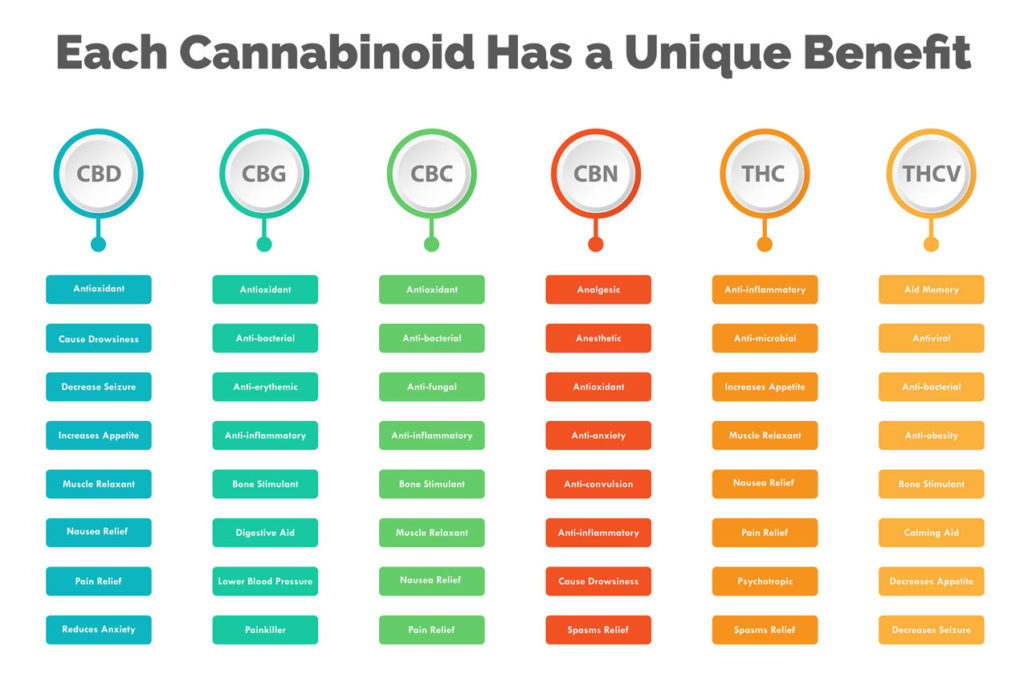
5. Don’t Stress Over Decarboxylation
Decarboxylation is a process that changes or activates the psychoactive chemicals in cannabis.
If you consume cannabis that hasn’t been “decarbed,” you won’t feel “high.” Time, heat, and light naturally begin the process.
We can speed up the natural degradation of cannabis using applied heat. When you smoke cannabis, you are decarboxylating it.
Most people want this desired psychoactive effect.
You’ll need to decarboxylate cannabis to make your edibles psychoactive.
There are many ways to decarb cannabis at home.
Ovens, water baths, and special units sold for cannabis decarboxylation are common ways to achieve this process.
The basic idea is to heat your cannabis (THC) between 200°F – 245°F for 30 – 40 minutes.
The internet is full of self-proclaimed decarbing “experts” who all boast of having the best way to decarb.
When making cannabis-infused oil, you use heat to extract the cannabinoids, terpenes, flavonoids, etc.
Most people will decarb their weed before infusing it in oil.
So don’t worry about “under baking” during decarboxylation.
The second addition of heat applied while infusing your oil as you “cook it down” will activate your cannabis as well.
If there’s one point you need to focus on, it’s not to apply too much heat or for too long.
Don’t destroy the valuable cannabinoids and terpenes by overheating with high temps in either step.
The common phrase for consuming edibles is “low and slow”. When making cannabis-infused oil, keep the processing “low and slow,” too.
(Low temperature and more time) “Weed decarboxylation occurs between 200-245ºF.
We recommend heating buds at 220ºF for 30-40 minutes when making edibles.
Steps to Decarboxylate Cannabis
- Preheat your oven to 240°F (115°C).
- Break down the cannabis buds into smaller pieces with your hands, a grinder, or scissors.
- Spread your bud or trim across a baking pan lined with aluminum foil, parchment paper, or in a glass Pyrex baking dish.
- Bake 45 minutes at 240ºF. About 45 minutes in a preheated oven at 240ºF-245° for THC conversion and 60 minutes for CBD conversion.
Some of Our Favorite Decarboxylation Tips:
- Spreading out the herb maximizes the surface area, allowing more cannabis to be exposed to heat.
- Through this method, the cannabinoids activate, making them effective when ingested and processed by your liver.
- I suggest a “low and slow” baking approach to prevent overheating and prolonged exposure.
- Regularly check your oven’s temperature using an oven or laser thermometer as the cannabis decarbs.
- Occasionally give your baking tray/dish a gentle shake or stir to ensure maximum exposure of the cannabis. If you can, use a cover for your baking dish.
- Oven-safe silicone lids are available, providing an excellent seal for glass dishes.
- Covering your cannabis will trap the vapors, letting them settle back onto the herb and minimizing the kitchen odor.
- After baking, let it remain covered until it cools to ambient temperature, capturing the likely cannabinoids, terpenes, and other compounds in the vapor back onto the herb. A cooling period of about 4 hours is preferred by many.
- If your cannabis buds are dry, they’ll need less time in the oven for decarbing.
- Once cooled, you can incorporate your cannabis into oils, butter, or other recipes.
- After decarbing, putting your cannabis in the freezer for 60 minutes helps the trichomes detach more effortlessly, setting the stage for an efficient infusion.
The common phrase for consuming edibles is “low and slow”. When making cannabis-infused oil, keep the processing “low and slow,” too. (Low temperature and more time)
Are You Ready to Make Cannabis-Infused Oil?
Here’s our comprehensive guide to making cannabis-infused coconut or MCT oil. It covers the benefits, understanding the infusion process, necessary equipment, ingredients, and detailed steps for both large and small batches. Additionally, it touches upon topics like the nature of coconut and MCT oil, their uses, and how to determine the potency of the infused oil.
Get Baked, and Baking With Your Very Own Weed Aprons
Say hello to your new favorite kitchenware for cannabis.
These weed aprons are fantastic for cooking, baking, and grilling this summer.
Order your weed apron today!
Enjoyed This Content? Read More:
-
How to Make Cannabis-Infused Coconut Oil or MCT Oil: Crockpot Recipes
In this guide, you’ll learn how to make cannabis-infused coconut oil or MCT oil, decarboxylate cannabis, or choose to infuse cannabis into any oil of your choice.
-
How to Make THC Gummy Bears with Canna Oil
This is a great no-fail recipe for beginners. The corn syrup in this recipe will help your gummy bears have that nice and chewy texture we’ve all come to love.
-
Growing Your First Cannabis Plants: A Beginner’s Journey with Cannabiz Seed
Growing your first cannabis plants can be one of the most rewarding hobbies – but if you’re a beginner, it can also feel a bit intimidating. Don’t worry! Every expert grower started right where you are now. In fact, the founders of Cannabiz Seed began as home growers who faced all the classic newbie frustrations,…
-
Burning Weed Odor Not Cause for Warrantless Search, Rules Illinois Supreme Court
A Landmark Case for IL Medical Cannabis Patient Protections On September 9th, the Illinois Supreme Court issued a major victory for cannabis consumers and patients, declaring that the aroma of burnt cannabis is insufficient probable cause for a warrantless search. Illinois has long been at the forefront of the fight for plant medicine. Medical patients…
-
How to Get a Medical Marijuana Card in Oklahoma: Easy 5-Step Guide
Navigating the process of obtaining a medical marijuana card in Oklahoma can be confusing. This guide provides step-by-step instructions on how to get a medical cannabis card in Oklahoma.

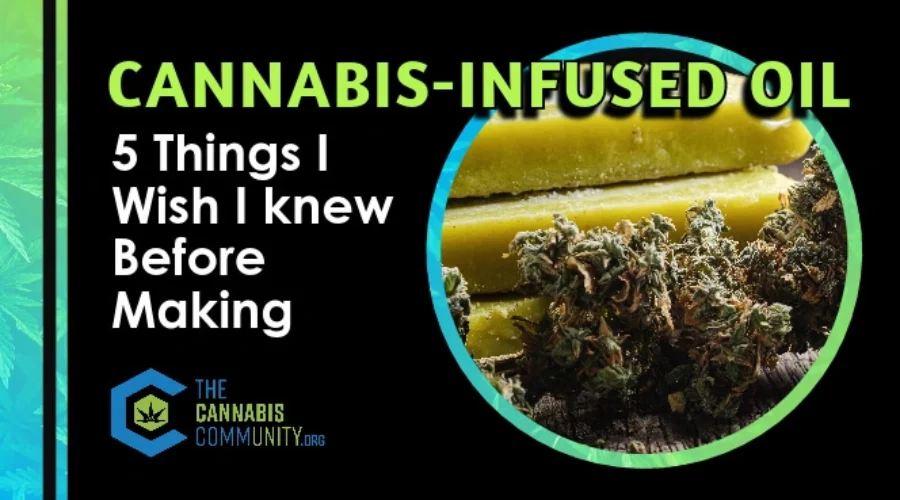
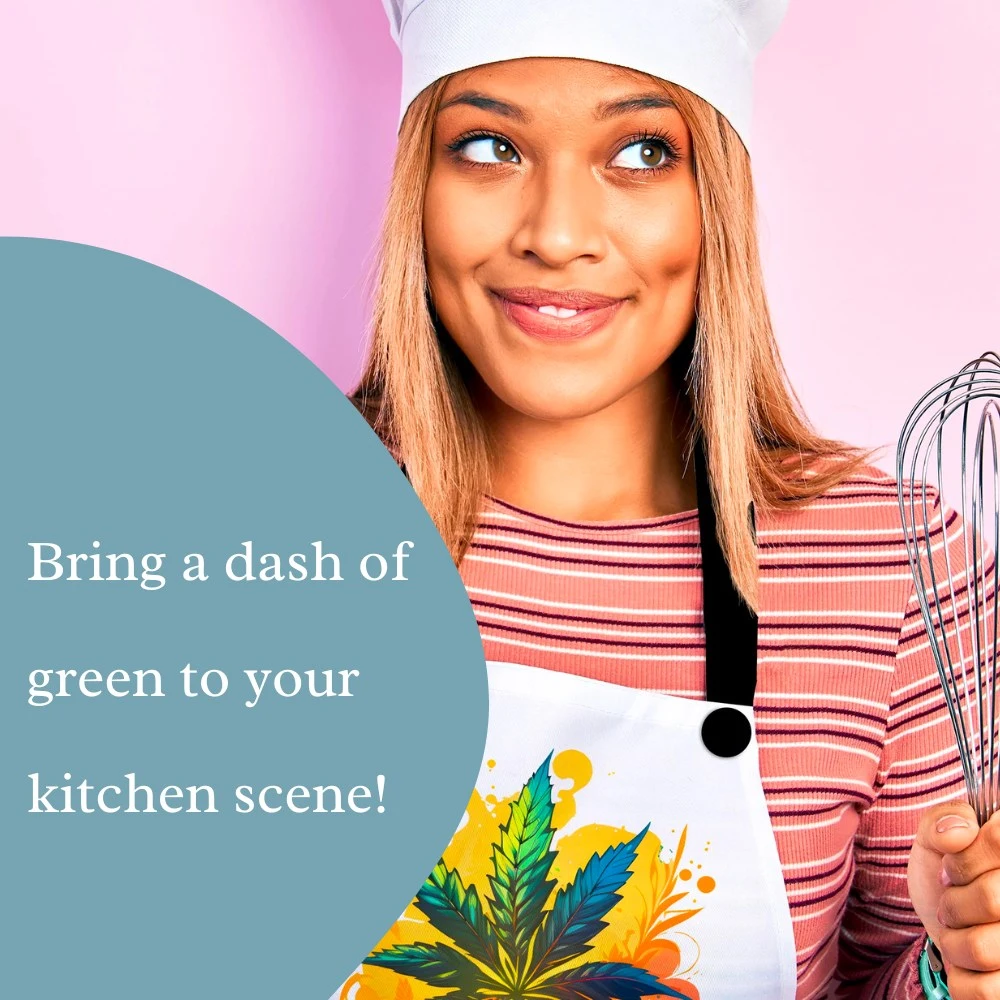
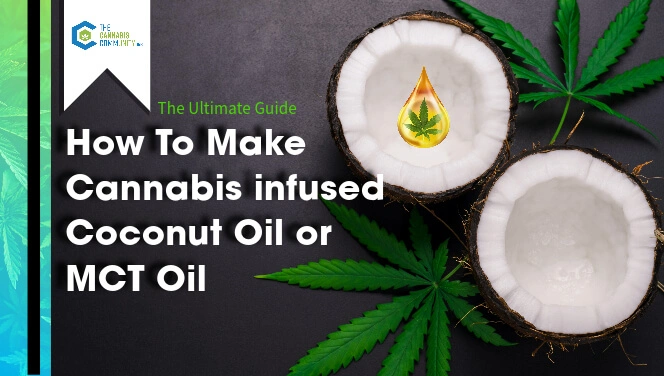
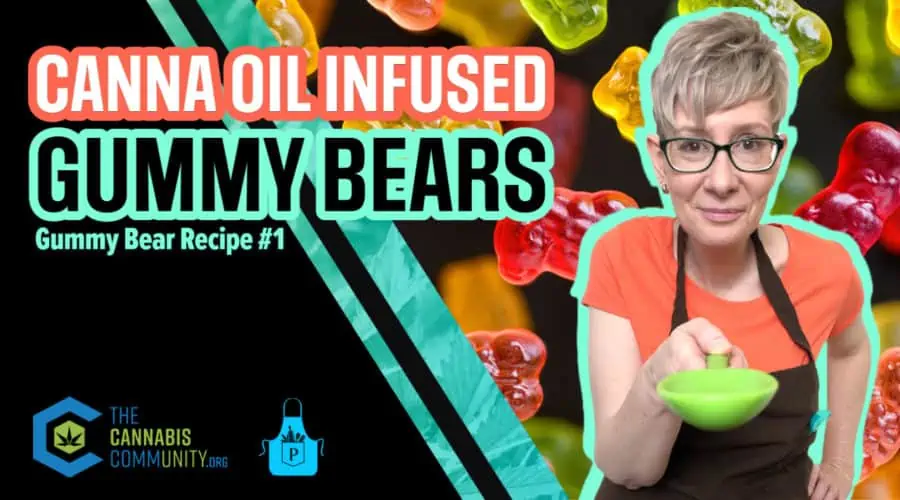
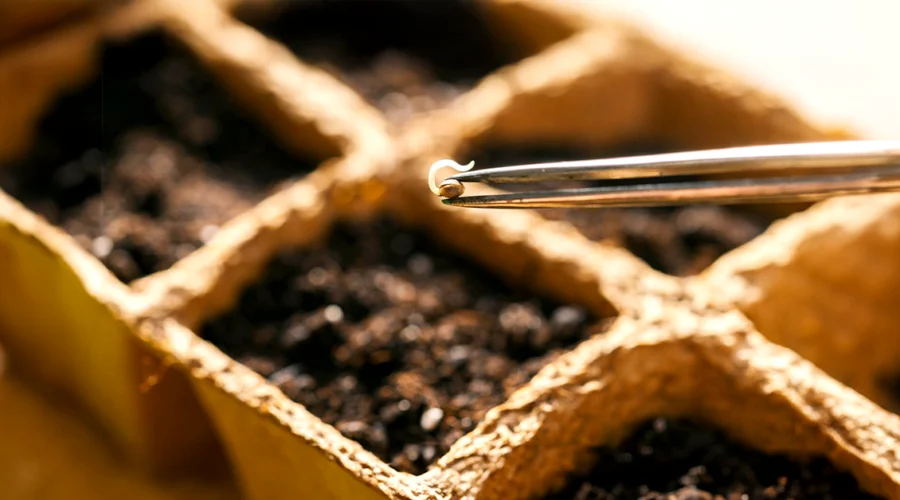
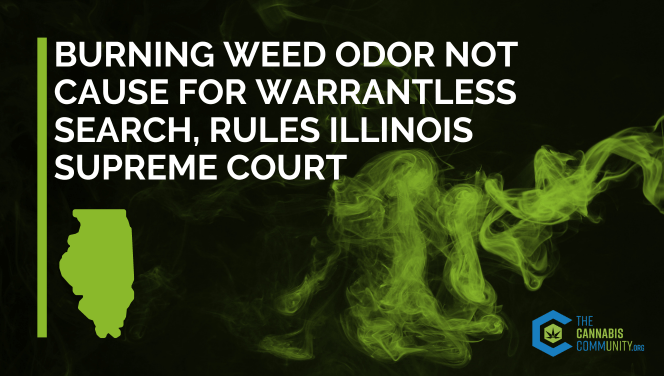
Michelle balen
August 20, 2023 at 1:13 pmHow can I sell my gummies?.. is it legal to advertise on instagram?
Penelope Hamilton Crescibene
September 15, 2023 at 6:15 amHi Michelle,
Each state has specific licensing rules. The first step for many is to get certified in your state to make and sell gummies with no supplements at all. Just gummy candy. In many states it’s surprisingly easy to make and sell your candy from home. But, once you want to add cannabis THC or hemp CBD to the candy, it’s going to get more complicated. Most will require a pricey processing licence and dedicated location that can be inspected. I have seen some people get around it by having a private class. “bring your own weed” to infuse or use CBD. Always check with your state and good cannabis attourney. As far as Instagram, they seem to hate cannabis and hemp. Even educational posts get removed or restricted. It may be legal, but Meta has it’s own set of rules.